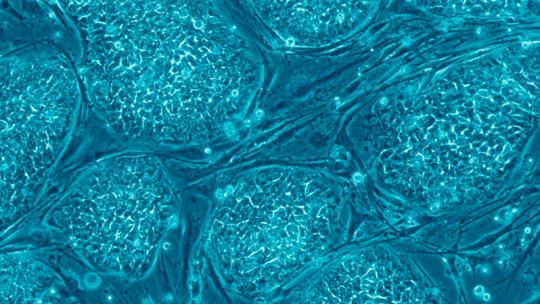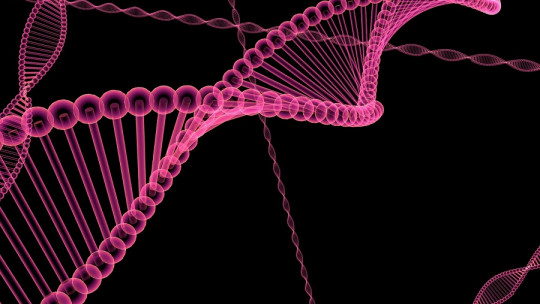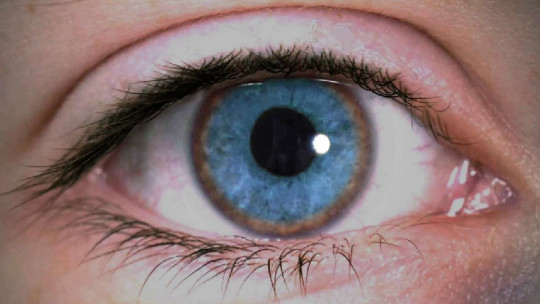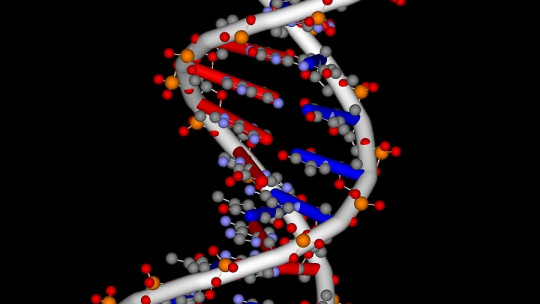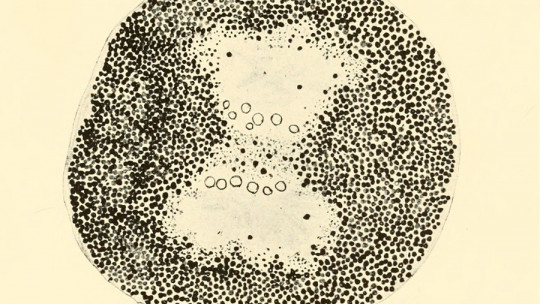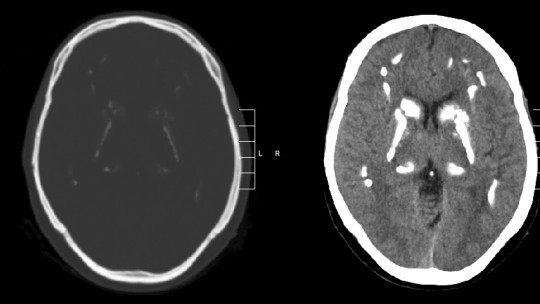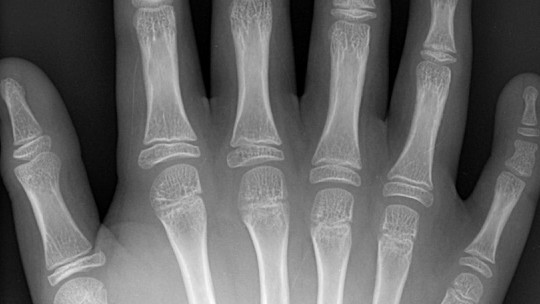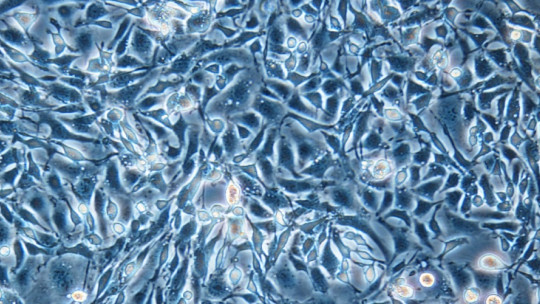
Lysosomal storage diseases are associated with poor functioning of certain enzymes, which causes lipids and proteins to accumulate in cells.
In this article we will analyze Symptoms, causes and three types of Gaucher disease the most frequent of the disorders of this class, which affects multiple functions of the body.
What is Gaucher disease?
Gaucher disease is a disorder caused by genetic mutations that are transmitted through autosomal recessive inheritance. It affects the blood, brain, spinal cord, bones, liver, spleen, kidneys, and lungs, and severe forms of the alteration cause death or significantly reduce life expectancy.
It was described by Philippe Gaucher, a French doctor specialized in dermatology, in 1882. Initially Gaucher believed that the symptoms and signs were manifestations of a specific type of spleen cancer; It was not until 1965 that the true underlying causes, related to biochemical and non-immunological aspects, were identified.
Gaucher disease belongs to a group of disorders known as “lysosomal storage diseases” or “lysosomal storage diseases”, related to a deficit in enzyme function. It is one of the most common of this group, since it occurs in approximately 1 in every 40 thousand births.
The prognosis of this disease depends on which of the three existing variants we are referring to. Type 1, the most common in the West, can be managed by enzyme replacement therapies and reduction of the concentration of accumulated substances that cause the pathology, while the neurological signs of types 2 and 3 are not treatable.
Main symptoms and signs
Gaucher disease causes changes in many different organs and tissues, as well as the blood; This explains the appearance of signs of a varied nature. A fundamental criterion in determining the severity of the disease is the presence or absence of neurological damage, which is life-threatening and significantly interferes with development.
Among the most common symptoms and signs and notable features of Gaucher disease are the following:
Causes and pathophysiology
Gaucher disease appears as a consequence of a deficiency in the enzyme glucocerebrosidase which is located in the membranes of lysosomes (cellular organelles that contain a large number of enzymes) and has the function of breaking down fatty acids of the glucocerebroside class, as well as other types of different types.
Alterations in the function of glucocerebrosidase mean that certain substances cannot be adequately eliminated in lysosomes. They consequently accumulate in the body, leading to the symptoms of Gaucher disease. There are other disorders with similar causes, such as Tay-Sachs disease, Hunter disease or Pompe disease.
In the case of Gaucher disease, these alterations are due to a genetic mutation that is transmitted by autosomal recessive inheritance Therefore, for it to affect a person, they must have inherited the genetic defect from both their father and their mother; If both parents have it, the risk of suffering from the disease is 25%.
The mutation that causes the symptoms varies depending on the variant of Gaucher disease, but is always related to the beta-glucosidase gene, which is located on chromosome 1 Approximately 80 different mutations have been found that have been grouped into three categories; We will dedicate the following section to these.
Types of Gaucher disease
In general, Gaucher disease is divided into three types depending on the severity of the neurological alterations: type 1 or non-neuropathic, type 2 or childhood acute neuropathic and type 3 chronic neuropathic
It is important to highlight that the validity of this categorization has been questioned and accused of reductionism by various experts.
1. Type 1 (non-neuropathic)
Type 1 is the most common variant of Gaucher disease in Europe and the United States; in fact, approximately 95% of the cases detected in these regions fall into this category. The term “non-neuropathic” refers to the absence or mildness of central nervous system involvement
In people with type 1 of Gaucher disease, no alterations in brain development are observed, unlike what happens in types 2 and 3. The most notable symptoms include a feeling of fatigue, an enlarged spleen and liver and bone related problems.
2. Type 2 (infantile acute neuropathic)
Childhood acute neuropathic Gaucher disease is the most severe form of the disorder. Causes brain damage and irreversible neurological abnormalities including brainstem malformation, for which there is currently no treatment, and usually causes the death of the affected baby before reaching 2 years of age.
3. Type 3 (chronic neuropathic)
Although the chronic neuropathic type is rare in Western countries, it is the most common variant in the rest of the world. The severity of type 3 is somewhere between those of types 1 and 2: causes class 1 symptoms but also some neurological alterations, and reduces life expectancy to less than 50 years.

